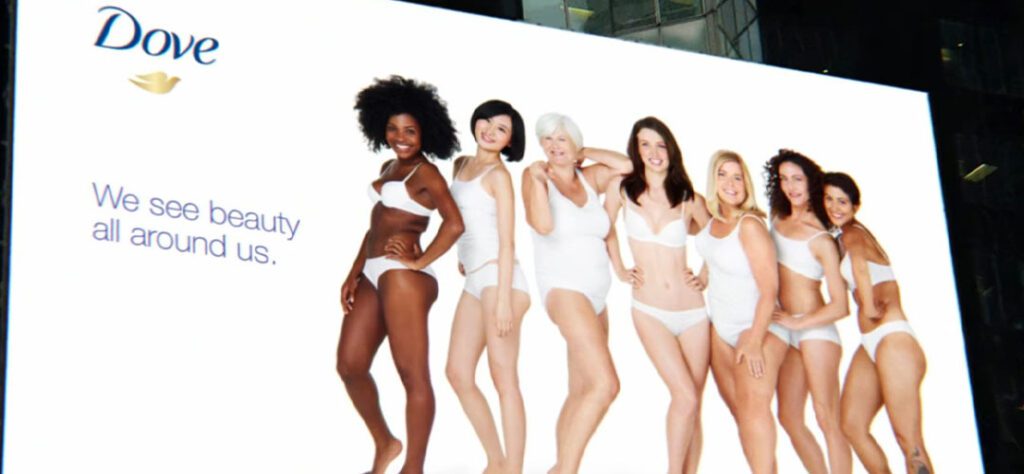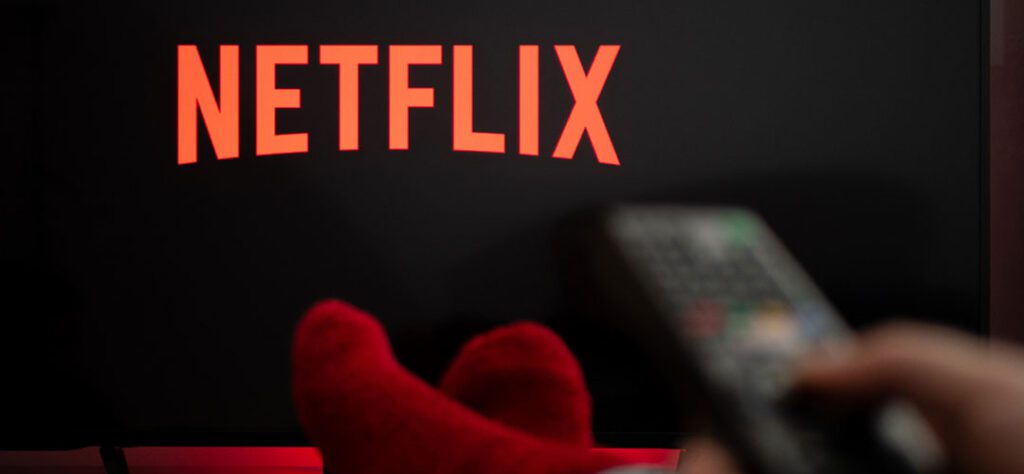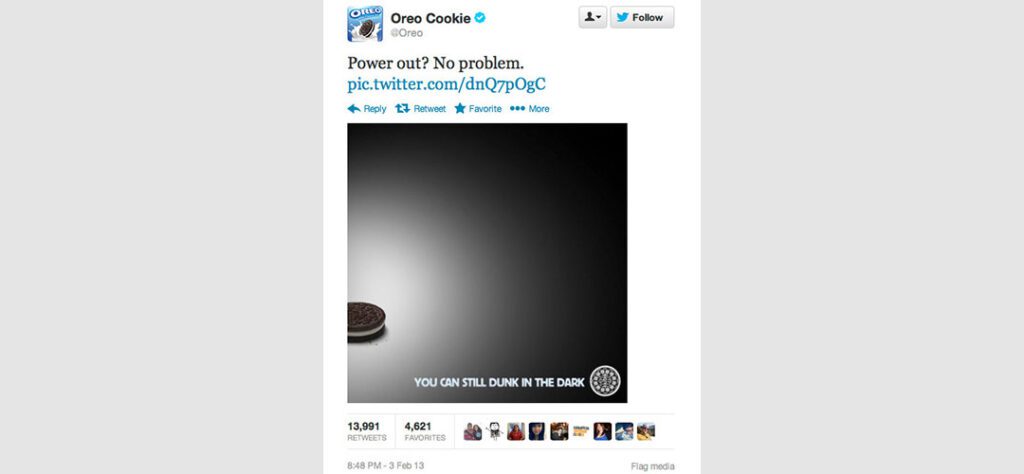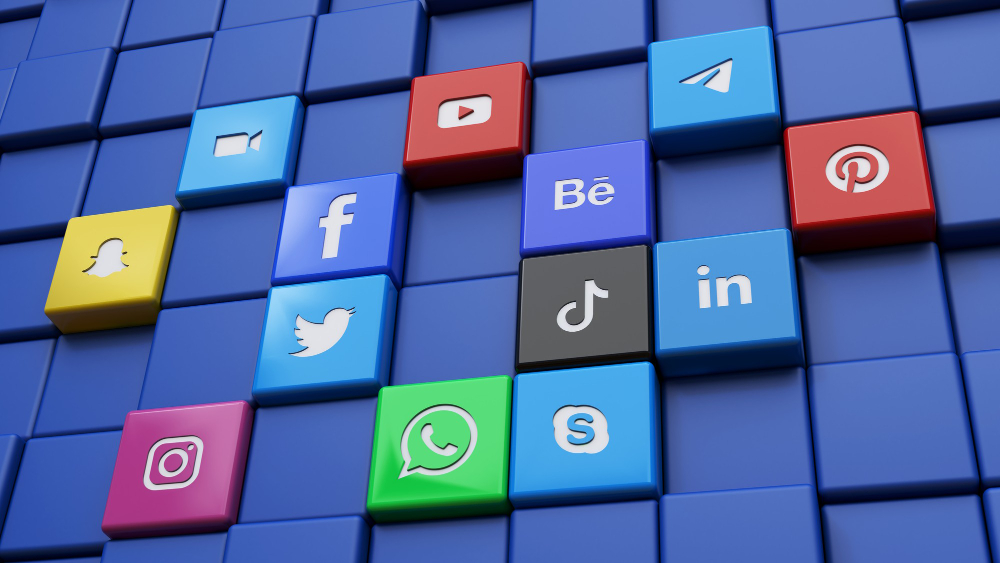My Journey into the Digital Conversation
Ever find yourself eavesdropping on conversations, maybe at a café or a party, trying to gauge what others think about a specific topic? In the digital realm, especially for brands and businesses, this isn’t just curiosity – it’s a strategy.
As a Student of Advertising, there have been many discussions around social listening. Still, I’ve only recently decided to take a deep dive into this thing that I thought sounded like a foreign language. Think of it as eavesdropping with a mission – a bit like listening in on the juiciest gossip, but with a purpose in mind. So here’s my take after coming out of the rabbit hole.
Understanding Social Listening
Social listening is about tracking conversations around your brand, industry, or competitors across various social media platforms. It’s almost similar to being given the keys to an extensive library of unfiltered customer opinions, questions, and feedback.
Why is this important? Simply put, it’s about staying in touch with what your audience wants and needs. If you aim to shape your marketing strategies and product development, social listening is your go-to tool.
What are the immediate benefits?
- Customer Insights: You get a real-time glimpse into what your customers are saying, feeling, and expecting.
- Competitor Analysis: It gives you a bird’s eye view of how your competitors are performing and what strategies they are employing.
- Reputation Management: Allows you to swiftly address any negative feedback or misconceptions about your brand.
- Engagement Opportunities: Identifies ways for you to engage with your audience in meaningful ways.
Some concrete examples in action
Here are a few major brands that have leveraged social listening:
Nike
The iconic sportswear brand has utilised social listening to gain real-time insights into consumer sentiments, preferences, and trends. By monitoring conversations on platforms like Twitter (10M followers), Instagram (306M followers), and Facebook (39M followers), Nike has been able to tailor its marketing campaigns to resonate deeply with its audience. Whether it’s launching a new product line or addressing customer concerns, Nike leverages social listening to stay agile and responsive in a competitive market. (Nike Just Does It – Keeping An Eye On The Customer, n.d.)

Dove
Dove, a renowned brand, has gained recognition for advocating body positivity and self-esteem through its marketing campaigns. By listening to conversations on social media, Dove recognized a growing discussion about beauty standards and self-acceptance. In response, they initiated the “Real Beauty” campaign, showcasing real women with diverse body types, ethnic backgrounds, and ages. This campaign struck a chord with their audience, resonating deeply and fostering a sense of inclusivity and empowerment. Through this campaign, Dove redefined its identity, moving beyond being solely a skincare brand to becoming a vocal advocate for women’s body positivity and self-esteem. (Dove’s “Real Beauty” Campaign: A Marketing Case Study, 2023)

Netflix
Netflix listens to what people are saying on social media to understand their preferences for TV shows and movies. For example, before releasing a new “Stranger Things” season, Netflix noticed many online discussions about 1980s culture, such as old movies and TV shows. As a result, they targeted ads for “Stranger Things” to these interested viewers, generating excitement for the show’s release. By monitoring social media conversations, Netflix gains valuable insights into viewer preferences, binge-watching habits, and emerging cultural trends. This approach allows Netflix to curate a diverse range of original content that resonates with its global audience, keeping subscribers engaged and entertained.

Oreo
The beloved cookie brand has leveraged social listening to drive creative marketing campaigns that capture the imagination of consumers worldwide. Through platforms like Twitter and Instagram, Oreo monitors conversations surrounding key events, holidays, and pop culture moments. Armed with this real-time data, Oreo has orchestrated successful marketing stunts, such as its iconic “Dunk in the Dark” tweet during the 2013 Super Bowl blackout, which garnered widespread attention and cemented Oreo’s reputation as a social media-savvy brand. (Morejon, n.d.)

Why It’s Non-Negotiable for Your Brand Campaign?
Let’s dive deeper into why social listening should be a core strategy for your brand campaigns.
Tailoring Your Campaigns
Every audience desires to feel heard and understood – this has to be the core of it all. By leveraging the insights gained through social listening, you can tailor your campaigns to resonate deeply with your target audience. This not only boosts engagement but also fosters loyalty.
Crisis Aversion and Management
In the digital age, a small issue can rapidly escalate into a crisis if not managed properly. Social listening tools alert you the moment your brand is mentioned in a negative light, giving you the opportunity to address the issue before it spirals out of control.
Innovating Ahead of the Curve
Understanding the gaps in what your competitors offer and what the customers are demanding can set you on a path of innovation. Social listening helps in uncovering these gaps, allowing you to create solutions that meet and exceed customer expectations.
Building a Community
Any brand’s ultimate goal is to have customers and cultivate a community around what it offers. Engaging directly with the conversations about your brand can help nurture this community, making your customers feel valued and connected.
Implementing Social Listening in Your Strategy
Embarking on social listening might seem daunting at first, but with the right approach, it can be seamlessly integrated into your existing marketing strategy.
- Choose the Right Tools: With numerous social listening tools available, select one that suits your brand’s size, needs, and goals.
- Identify Keywords and Topics: Know what you want to listen for – be it your brand name, industry buzzwords, or competitor names.
- Analyse the Data: Don’t just collect data; make sense of it. Look for patterns, identify pain points, and understand customer sentiment.
- Take Action: Use these insights to inform your strategy. Whether it’s tweaking your campaign, addressing customer concerns, or innovating a new product, let the findings guide you.
Conclusion
Social listening is no longer a nice-to-have; it’s a must-have. In a world where customer preferences evolve rapidly, staying updated and ready to adapt to what customers want is important. By embracing social listening, you can ensure that your brand thrives, builds deeper connections with your audience, and stays ahead of the competition.
Remember, the conversation about your brand is happening – with or without you. Wouldn’t you rather be a part of it?




